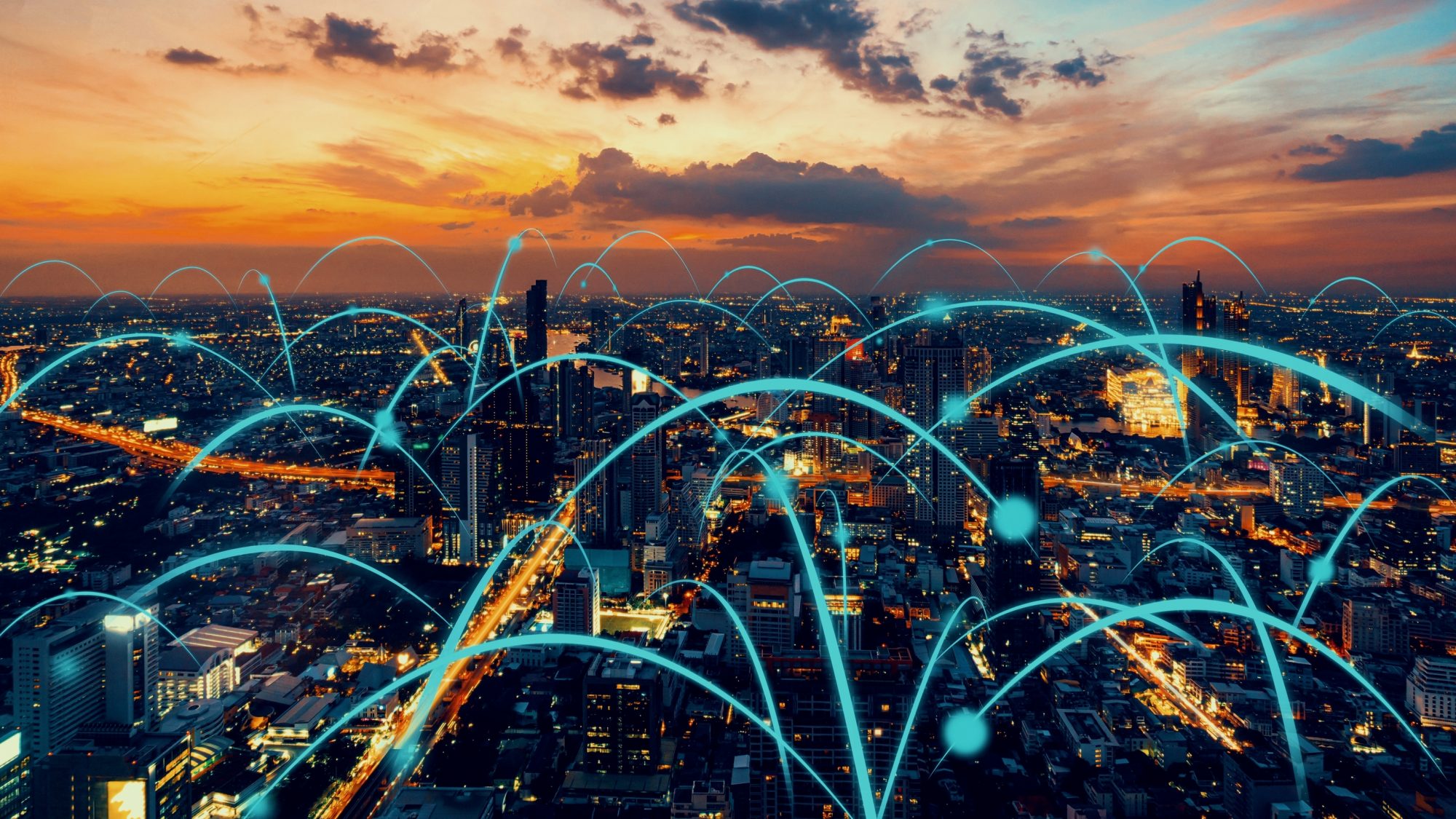Ali Nicholl from Iotics explores “what good looks like” when it comes to digital twins
How do you measure the success of something that has never been done before? It’s a compelling question and one that has to be answered rather subjectively. It becomes more complicated when you start to ask how you measure the success of something you can’t see or touch? Or something that exists exclusively in a digital ecosystem?
It’s important to understand exactly what a digital twin is. Despite the daunting volume of reading material available on the subject, the concept is remarkably simple and can be summed up in one sentence: a digital twin is a virtual representation of a physical entity. But these entities are more than just sensors or components. Digital twinning can be applied to large-scale systems, processes or people and places.
Does biggest mean best?
Last year, Akselos celebrated the launch of a “digital twin” for Shell’s Bonga floating production, storage and offloading vessel. In complete detail and with 100% accuracy, the digital twin models the large, heavy physical facility.
The twin is able to feed in the information like loading conditions and inspection data needed to carry out structural assessments. Now, operators can identify areas that need inspection, maintenance or differing numbers of staff on any given day. Overall, the twin allows Shell to plan more strategically, especially in the case of extreme weather.
It is the largest digital twin to date but while the scale of this application is impressive, it is theoretically possible to extend the twinning ecosystem to a fleet of ships or an entire city or country. Which means that when it comes to digital twins, it’s more important to understand what they can do in order to get a steer on the scale and variety of applications to which they can be applied.
Size isn’t necessarily important when it comes to digital twins. At the other end of the scale, NTT is currently working on digital twins of human organs, which may well be more impactful than the Bonga twin.
What does success look like?
The power of a digital twin is harnessed via its connection to other digital twins. In this way, a digital twin operates much like human beings; without community and connection, there is a limit to what we can accomplish as individuals.
It would follow that the size and weight of a digital twin has no bearing on whether the twin is useful or successful. The success of the twin is instead determined by how it interoperates with other twins and shares data – this is what truly unlocks the potential of the entire system.
You don’t just want your twin to mimic the real world; you want it to give you a detailed and actionable insight into that world. This is only accomplished through a vast network of other data sources.
Irrespective of its size, each twin plays a role of equal importance in the ecosystem and is capable of interacting across boundaries. Each has its value, although this may vary depending on its role in the supply and demand chain, needs and focus. Factor in that the twins could be owned and operated by multiple entities and the challenges of navigating or mapping their interrelations and interactions becomes apparent.
The power of connection
On another plane of digital twin advancement is the European Space Agency’s Digital Twin Earth initiative, a project, which intends to create a digital replica of the entire planet.
By being constantly fed with data, measurements and artificial intelligence, the twin will provide “an accurate representation of the past, present and future changes of our world”, according to ESA.
The twin will be connected to satellites, an artificial intelligence system and the cloud, helping it not only to monitor but also predict both natural and human activity. The hope is that this will dramatically improve sustainable development around the world.
By connecting to limitless data points, this project maximises the potential of a network of digital twins. It not only models what currently exists but also projects what might occur in new and marvellous ways. This multidimensional nature of the digital twin technology is what truly excites us about its potential to transform our world.
Finding the balance
When it comes to digital twin technology, success is measured not by the twin alone but in the richness of that which connects it.
In other words, a twin is only as strong as its network of connections and counterparts. A twin on its own, no matter how detailed, is limited in its usefulness.
The most successful twin will not be one biggest one that tries to do everything; it will be a federation of twins working together and sharing secure data. You could say it is the sum of the parts. Success will be measured by the power of connection, the opportunity of collaboration and the innovation of sharing data that transcends both real and perceived boundaries.
Ali Nicholl

Head of engagement
Iotics
Tel: +44 (0)20 8012 8186
Twitter: @iotics_news
LinkedIn: iotics-ecosystem

















